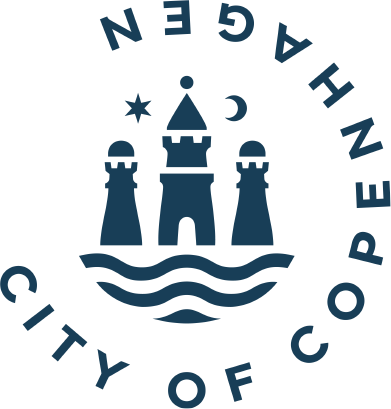Public Space
Public Life
COVID 19
Copenhagen
Helsingør
Horsens
Svendborg
What can be said about Covid-19 that hasn’t been said already? Rather than simply talking and writing about the pandemic, we at Gehl want to share the lived experience of it. We’ve worked with over 80 surveyors across 4 Danish cities to observe and understand how public spaces are serving the very unique needs of our communities during the pandemic’s lockdown and reopening phases. Scroll down to see results and download the reports.

During LockdownMarch - April
March - April
Lockdown
In Denmark, as in several countries, large parts of society including schools, civic and cultural institutions and workplaces were closed, resulting in almost everyone spending more time at home. When Danes did venture outside, it was most often to shop for food, take a walk, or exercise.
For around a month, everyday life for most Danes became completely different. It was clear that the way most people moved around and spent time in the cityhad changed. But how? The results in Report 1 serve as a ‘baseline’ for how the city functioned when only the most fundamental elements of society, community, and family life remain open.
For around a month, everyday life for most Danes became completely different. It was clear that the way most people moved around and spent time in the cityhad changed. But how? The results in Report 1 serve as a ‘baseline’ for how the city functioned when only the most fundamental elements of society, community, and family life remain open.
Scroll down for Snapshots
Or Enter site
Or Enter site
1
There has been a significant drop in downtown
activities
-
especially on commercial shopping streets.
2
The city is being used more for recreation, play, and
exercise.
3
Use of public space is more or less the same as
before,
while movements from A to B (and mobility) have decreased significantly.
4
Local places that already offer a public activity
(such
as
a playground) are even more popular than before.
5
Some places are too popular where social distancing rules
are
difficult to follow.
6
The search for essential outdoor and climatic human
needs
is now more valuable.
7
New activities and forms of urban life are emerging
in
many cities - our public spaces are being used like never before!
8
More children and older people are using the city's
space
than before.
9
Women use public space differently than men. Women
are
often seen in pairs, and men are often seen alone or in groups of 4+.
10
Overall mobility has decreased in the city, but pedestrian
movement is increasing in neighborhoods outside of the city center.
Re-opening April - July
April - July
Re-opening
In May, the Danish Government decided to gradually lift restrictions on certain segments of society, initiating what we now refer to as reopening. At this point in time, many people had begun to form new social habits and had adapted and perhaps gotten used to issues such as working permanently from home.
The results in Report 2 show that activity in the observed cities had begun to increase - but in a new way compared to pre-lockdown activity. Activity, was in fact, still lower than the lowest levels measured throughout winter time, whilethe elderly and children were more visible in public space than ever before.
The results in Report 2 show that activity in the observed cities had begun to increase - but in a new way compared to pre-lockdown activity. Activity, was in fact, still lower than the lowest levels measured throughout winter time, whilethe elderly and children were more visible in public space than ever before.
1
The city center is almost back to normal activity (but in a different way).
2
There has been a redistribution of users in public spaces - more kids and elderly.
3
Local neighbourhoods gained popularity during lockdown, and continue to do so.
4
Redistribution of activities, more play and exercise.
5
The neighbourhoods that offered a mix and diversity of amenities seemed to be more popular.
6
People talking in public spaces have increased and people seem to be more likely to reach out to strangers.
7
Physical distancing seems hard when the perception of safety is high and there are few crowds.
8
Willingness to use a car has increased, but walking and biking even more.